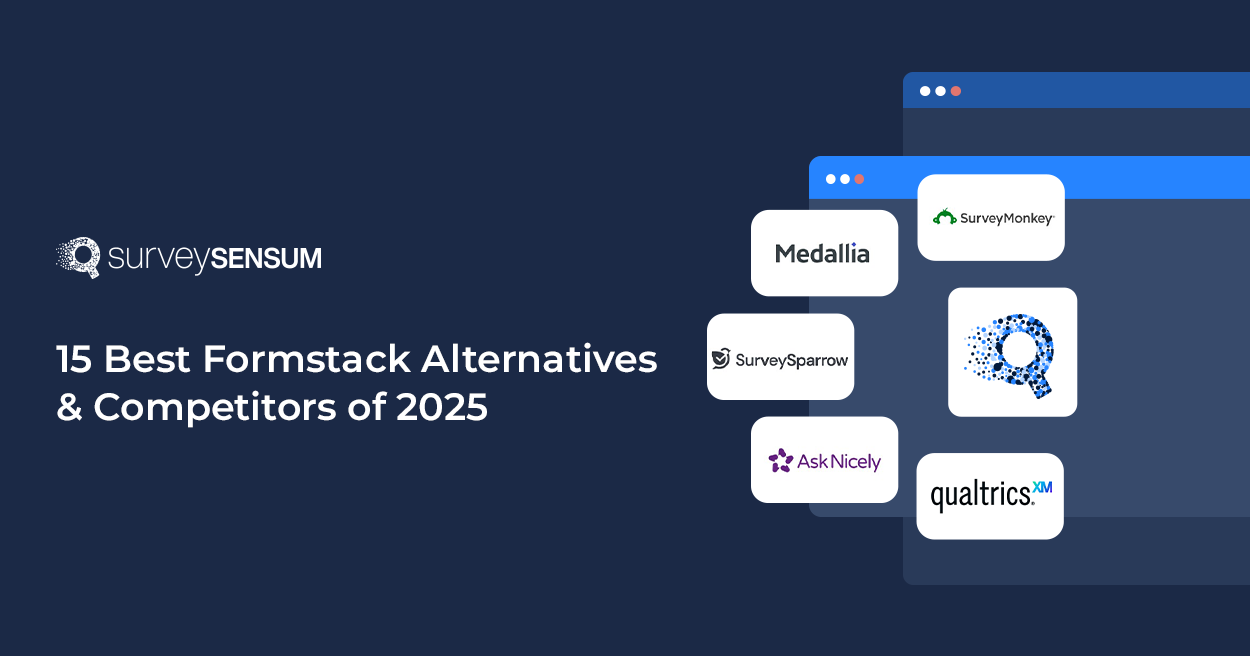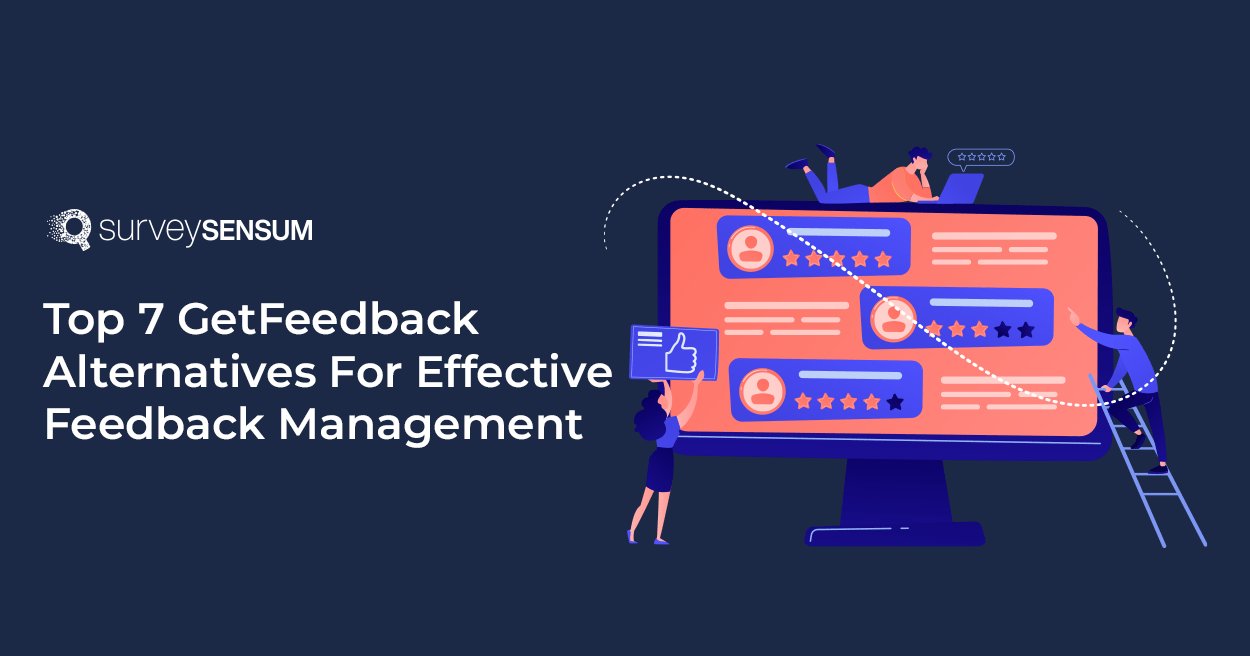
In today’s dynamic healthcare landscape, enhancing the patient journey stands as a paramount goal. Recent statistics underscore the pivotal role patient experience plays in defining the quality of care provided. Recognizing this significance, healthcare institutions are increasingly turning to a powerful solution.
– Patient Feedback
Patient feedback serves as a beacon, providing invaluable insights that illuminate the path toward refining operational strategies within healthcare settings. These insights, derived from a nuanced tapestry of patient perceptions and interactions, delve into crucial elements such as wait times, communication effectiveness, perceived quality of care, and emotional support during vulnerable moments.
Harnessing patient insights allows healthcare providers to tailor their approaches, fine-tune services, and amplify patient-centric care. These insights go beyond numerical figures, encapsulating the essence of a patient’s journey through the healthcare system. Leveraging software development services for healthcare can further enhance patient experience by providing customized solutions tailored to streamline processes and improve patient engagement. They reflect satisfaction, trust, and overall well-being derived from interactions with healthcare professionals and the healthcare environment. In exploring strategies for healthcare optimization, it’s essential to delve into the realm of physician credentialing services to ensure a seamless and efficient medical practice.
Understanding and decoding these elements not only elucidate present experiences but also pave the way for tailored enhancements in healthcare operations. The goal is to foster a more empathetic, efficient, and patient-centric care delivery model.
So, here in this article, we will explore the 7 best practices that help you provide exceptional patient experiences and also address the challenges that one might face while delivering the patient experience.
7 Best Practices for Exceptional Patient Experience
1. Embrace Data-Centric Approaches
Centralizing and meticulously analyzing data harvested from diverse touchpoints across healthcare operations serves as the linchpin of informed decision-making. This holistic aggregation of data, facilitated by robust text analytics software, empowers healthcare providers to discern intricate patterns and glean meaningful trends within the vast reservoir of patient feedback. Additionally, ePCR software plays a critical role in capturing, organizing, and analyzing patient care data in emergency settings, enabling healthcare providers to make informed, data-driven decisions efficiently.The systematic approach to data interpretation doesn’t merely stop at the identification of trends; rather, it unveils actionable insights that serve as a compass for refining operational strategies. By embracing this data-centric methodology, healthcare institutions unlock the potential to proactively address areas for improvement, optimize resource allocation, and enhance patient outcomes.
2. Foster Real-Time Monitoring and Response
Establishing a framework for real-time feedback mechanisms within healthcare institutions creates an agile ecosystem primed for immediate response. These responsive closed-feedback loops enable healthcare providers to swiftly identify and address emerging issues as they surface, nurturing a culture of proactive intervention. By collaborating with an experienced EHR Vendor, institutions can integrate monitoring systems equipped with alert mechanisms for critical feedback, expediting interventions and demonstrating a commitment to promptly mitigating concerns while bolstering patient satisfaction. Similarly, custom healthcare software development can enhance monitoring systems, improving data accuracy and response times. This agile approach not only fosters a sense of responsiveness but also engenders trust and confidence in the healthcare provider’s commitment to prioritizing patient needs.
Gather Real-Time Insights with SurveySensum
3. Cultivate a Patient-Centric Culture
Investing in the development of healthcare software staff through comprehensive training programs anchored in empathy, effective communication, and a patient-centric ethos is pivotal. Engaging and empowering staff to utilize patient feedback as a guiding force in their daily interactions cultivates a culture where the patient’s voice becomes the nucleus of decision-making processes. This transformative approach not only enhances staff-patient interactions but also instills a deep-rooted commitment among healthcare professionals to consistently strive for patient-centric excellence.
4. Leverage Technology Solutions
Harnessing technology to its fullest potential by incorporating patient-centric solutions elevates the healthcare experience. Patient portals designed for feedback submission, appointment scheduling, and access to medical information offer unparalleled convenience and accessibility. Weight loss patients, for example, could choose different options, like ozempic alternatives. Integration of telemedicine further broadens the horizon of healthcare services, particularly for patients with chronic conditions like high blood pressure, transcending geographical barriers and providing a seamless continuum of care. These technological advancements augment patient engagement and optimize operational efficiency, positioning healthcare institutions at the forefront of innovation. A healthcare data warehouse improves patient care decision-making.
5. Translate Insights into Actionable Plans
Prioritizing feedback based on its impact and channeling it into actionable plans heralds a transformative phase in healthcare operations. This involves cohesive collaboration across departments, clearly delineated responsibilities, and a commitment to execution excellence. By translating insights derived from patient feedback into actionable strategies, healthcare institutions manifest a tangible commitment to continuous improvement, driving positive change and nurturing an environment focused on delivering exceptional patient care.
6. Promote Transparency and Communication
Transparency serves as the cornerstone of trust-building within healthcare institutions. Sharing insights gleaned from patient feedback, along with the subsequent improvements made, creates an environment of openness and credibility. This transparent exchange not only reassures patients of the institution’s commitment to listening and acting upon their feedback but also fosters a sense of partnership in the journey towards better healthcare. Establishing robust communication channels further strengthens this bond by empowering patients to voice their concerns, enabling them to actively engage in their care journey, and keeping them informed about the changes implemented based on their feedback. This two-way communication approach, facilitated by innovative practice management software,
Gauge Patient Satisfaction with SurveySensum
7. Pursue Continuous Improvement
Constantly striving for enhancement is imperative in the ever-evolving landscape of healthcare. Benchmarking performance against industry standards and historical metrics provides a tangible framework for assessing progress and identifying areas for growth. Embracing an iterative approach that hinges upon feedback loops and performance indicators ensures a dynamic and responsive healthcare ecosystem. This continuous improvement mindset is not only confined to operational adjustments but also extends to fostering a culture of innovation, encouraging learning from successes and setbacks alike. By perpetually evolving and refining practices, healthcare institutions can stay agile, responsive, and at the forefront of delivering superior patient care.
→ Read more on the HIPAA Compliant Survey Tools.
Addressing Challenges: Unveiling Effective Solutions
3 Common challenges that people face while delivering excellent patient experience.
1. Addressing Resistance to Change
Resistance to change can stall advancements in healthcare. Educating stakeholders on the tangible benefits of patient-centered care, coupled with real-world success stories showcasing the positive impact of integrated patient experience insights, aids in garnering support and dissipating resistance. By highlighting the transformative outcomes and emphasizing the shared goal of improved patient outcomes, healthcare institutions can navigate resistance and drive meaningful change.
Gauge Patient Satisfaction with SurveySensum
2. Managing Data Security and Privacy
Compliance with stringent data privacy regulations and implementing robust security measures is imperative in safeguarding patient information. Instituting meticulous protocols, encryption methods, and access controls ensures the confidentiality and integrity of patient data. Prioritizing data security not only fosters trust but also mitigates risks associated with breaches, underscoring the institution’s commitment to maintaining the highest standards of data protection.
3. Optimizing Resource Allocation
Efficient allocation of resources involves a strategic approach that prioritizes initiatives based on their potential impact on enhancing the patient experience. By carefully aligning resources with initiatives that promise a maximal benefit, healthcare institutions ensure optimal utilization of available resources. This strategic allocation fosters a judicious balance between improving patient experiences and maximizing operational efficiency, facilitating sustainable growth, and improving care delivery.
Conclusion
In the ever-evolving landscape of healthcare, patient satisfaction and care quality stands as the pinnacle of success. The integration of patient experience insights into the core operations of healthcare institutions transcends the realm of choice; it is an imperative mandate. This symbiosis between data-driven insights, technological advancements, deeply engaged staff, and an unwavering commitment to patient-centricity orchestrates a transformative shift in healthcare paradigms. It’s not merely about collecting data; it’s about harnessing the power within this information reservoir to fuel informed decision-making and strategic enhancements.
By meticulously adhering to these established best practices—embracing data-centric approaches, fostering real-time responsiveness, cultivating a culture centered around patients, leveraging technological solutions, and translating insights into actionable plans—healthcare providers orchestrate a symphony of excellence. This orchestration doesn’t just meet the bar of patient expectations; it propels healthcare institutions to surpass these benchmarks, charting a trajectory towards a realm of superior healthcare experiences and outcomes.
It’s an era where patients feel not just cared for but truly understood, empowered, and at the center of a healthcare ecosystem designed to optimize their well-being and satisfaction.
Gauge Patient Satisfaction with SurveySensum















